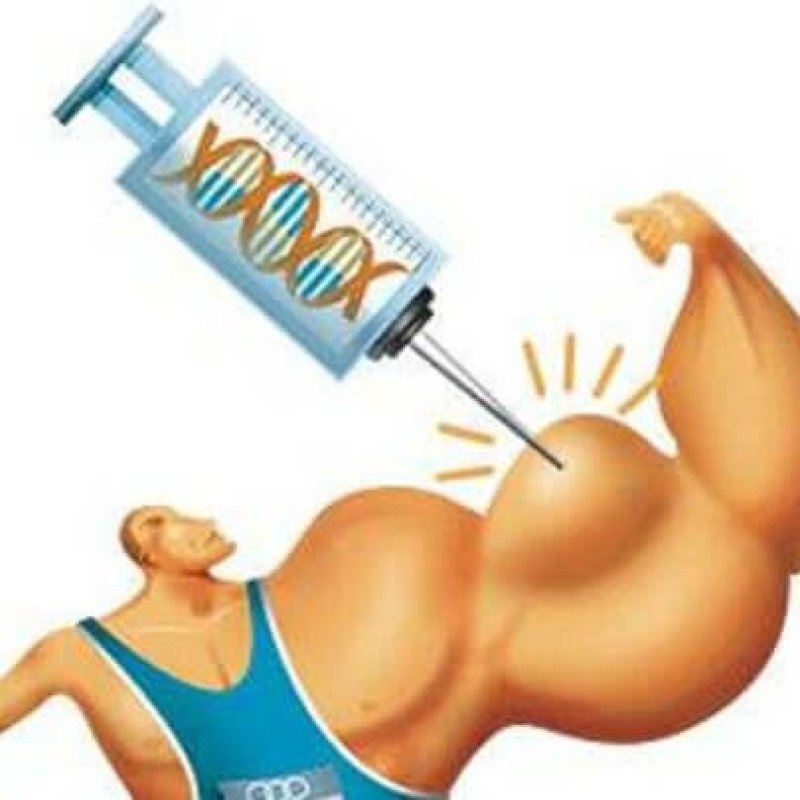[Editor’s Note: Adam Piore is an award-winning journalist and author of the new book The Body Builders: Inside the Science of the Engineered Human, which explores the cutting edge of medical and scientific efforts to rebuild and augment the human body.]
In layman’s terms, what is gene doping?
[G]ene doping is when you’re basically altering your genome. You’re altering the molecular blueprint in your body that tells your body how to build things. [For example, myostatin] functions as an off switch for muscle growth…[I]t turns out there are people with a genetic mutation who don’t produce myostatin, and without that, you grow abnormally large muscles.…
It’s easy to see how this stuff this could apply to sports.
It’s not hard! If you could change your own genome to not make this regulator anymore, it could make you stronger and more muscular. And it would be very hard to detect, for people to know if you were natural or altered.
…
How close are we to seeing this kind of intentional genetic modification in humans? In athletes?
The human genome is enormously complex. When you’re looking at using gene therapies on diseases—or gene doping—these are rare cases where a single mutation affects something, but a lot of times our diseases are caused by multiple environmental factors and genetic mutations.
The GLP aggregated and excerpted this blog/article to reflect the diversity of news, opinion, and analysis. Read full, original post: Bionics, Gene Doping, and Brain Training: What’s Next for Human Engineering in Sports?
For more background on the Genetic Literacy Project, read GLP on Wikipedia































